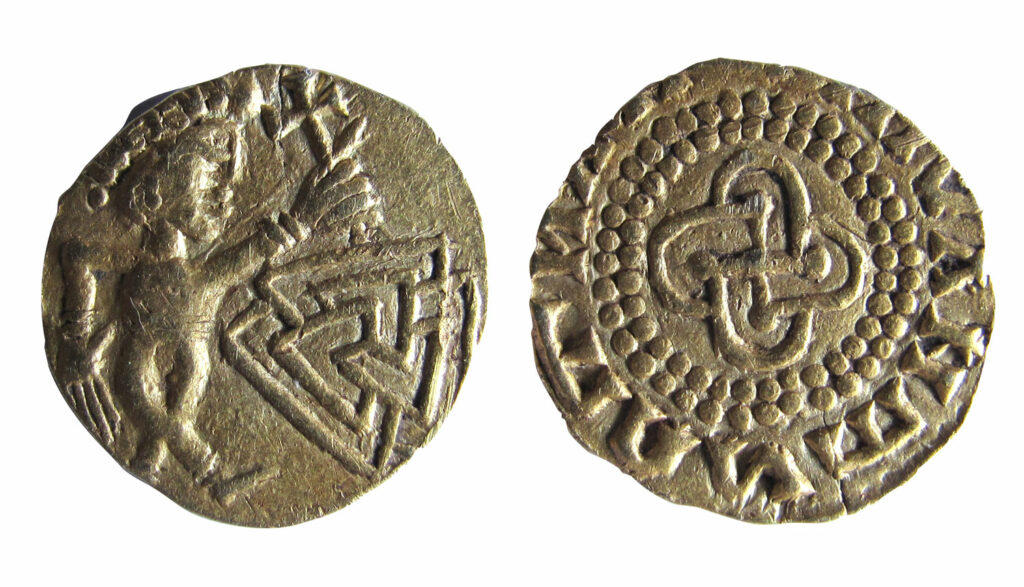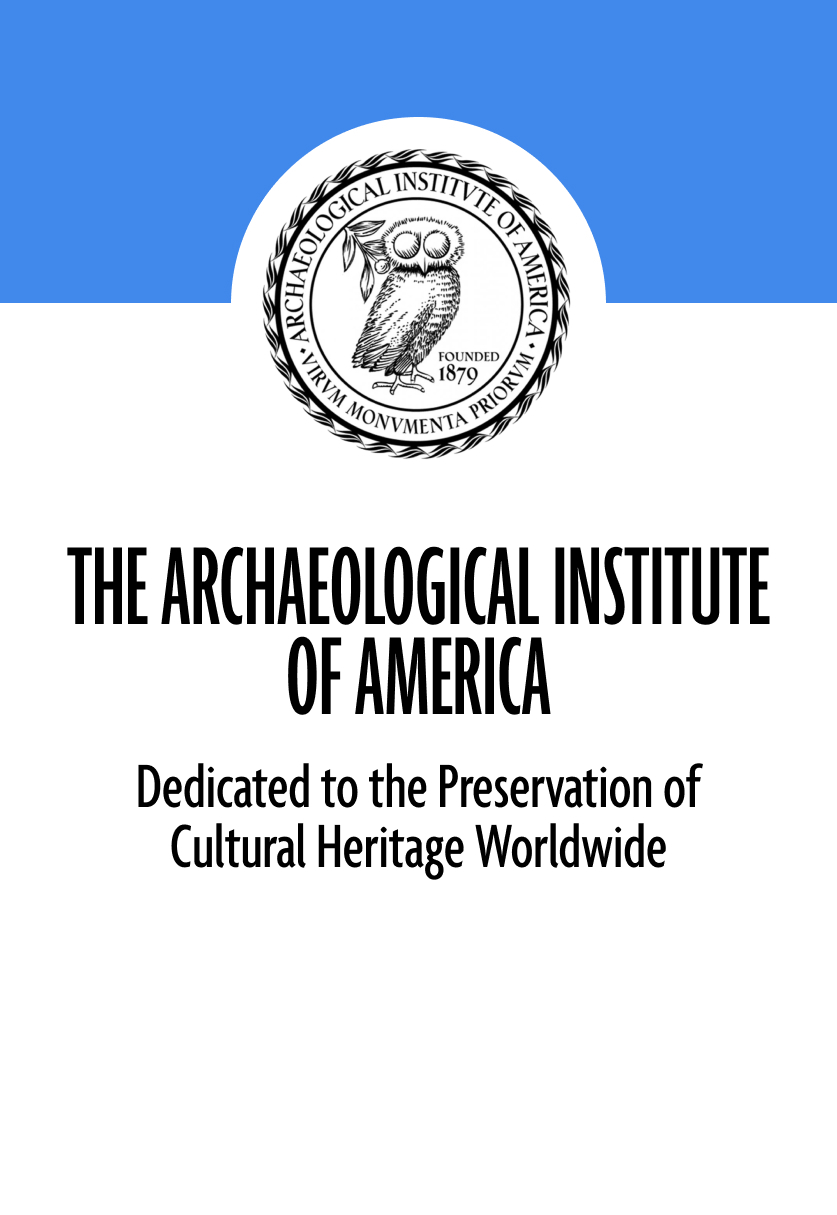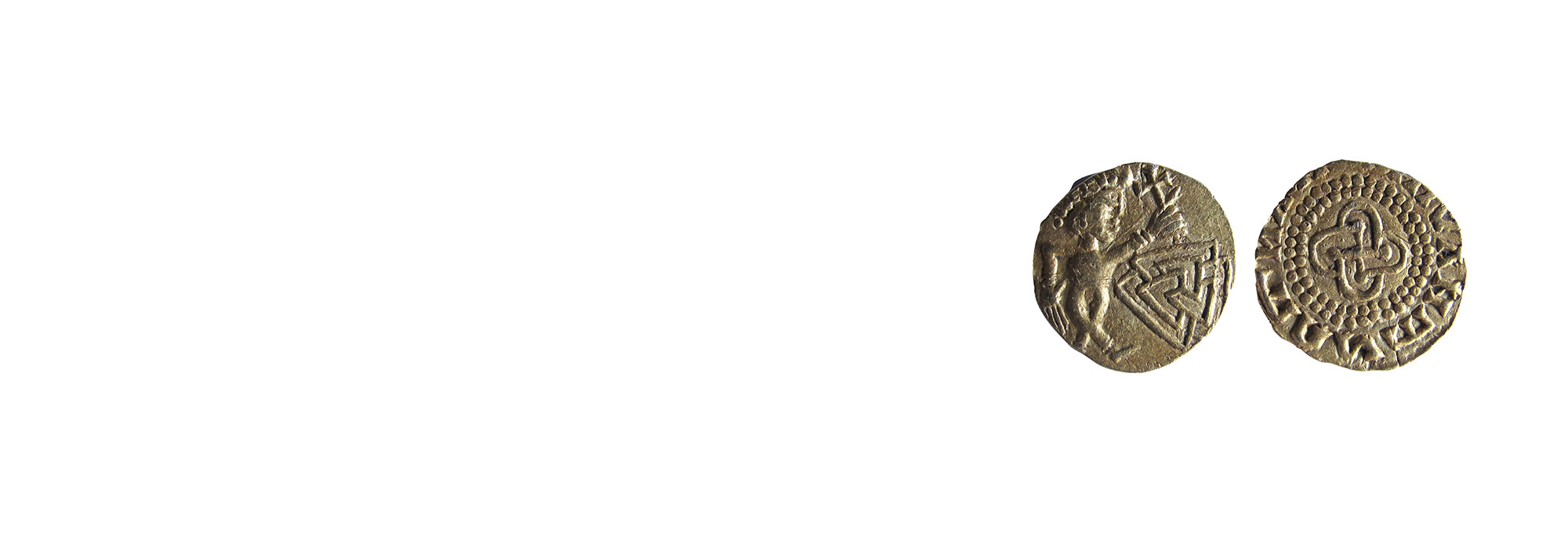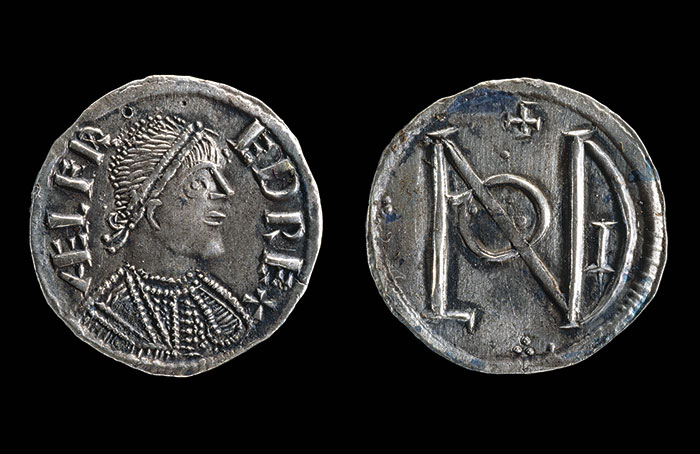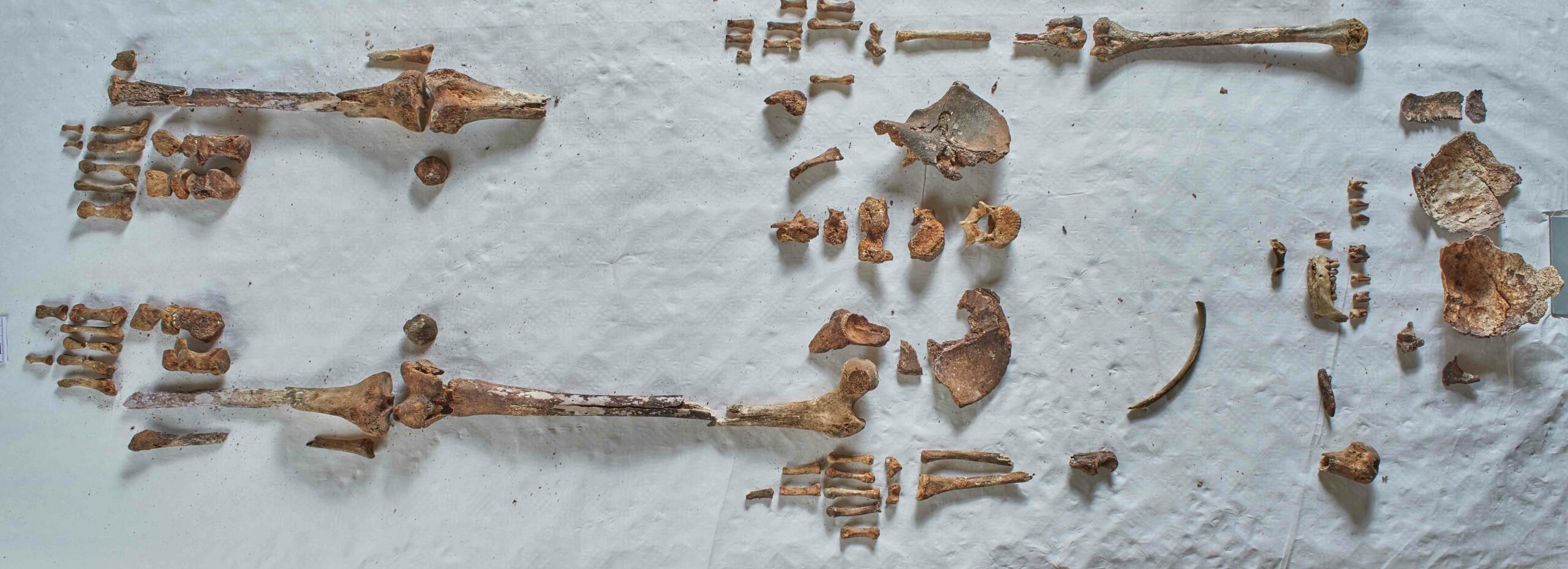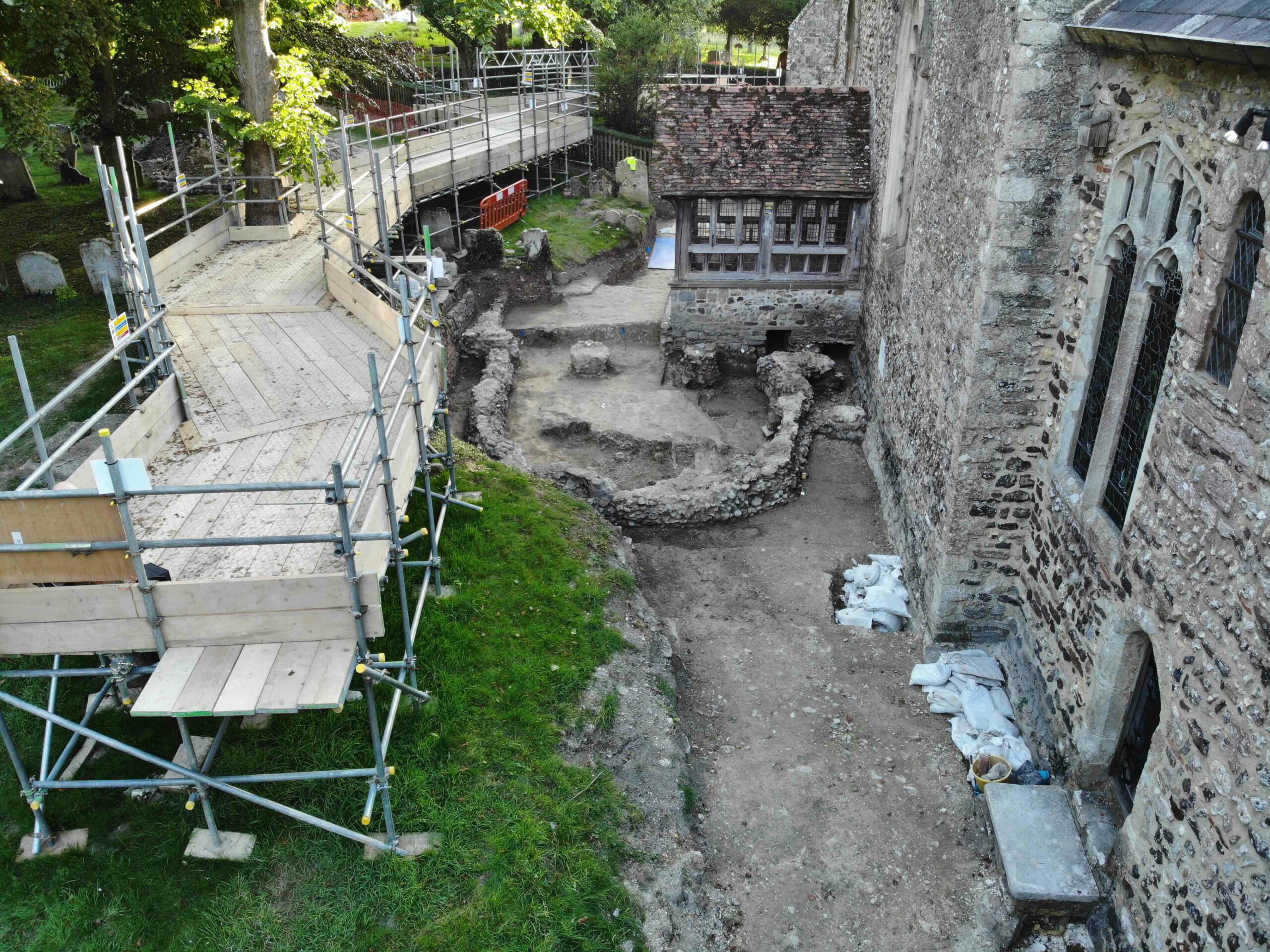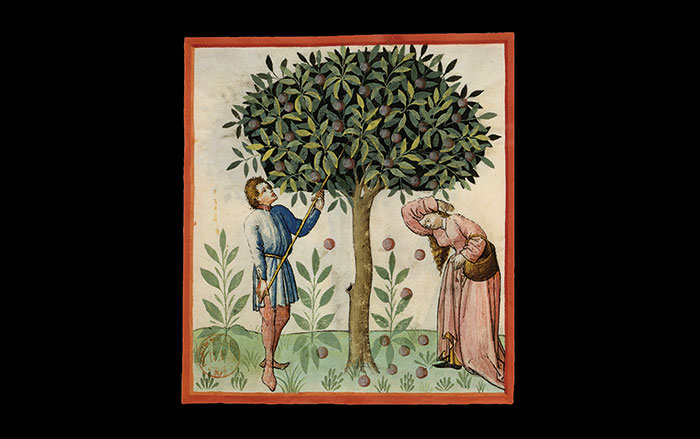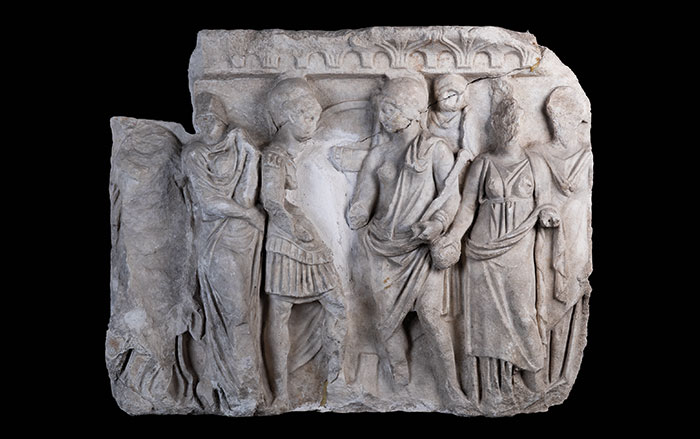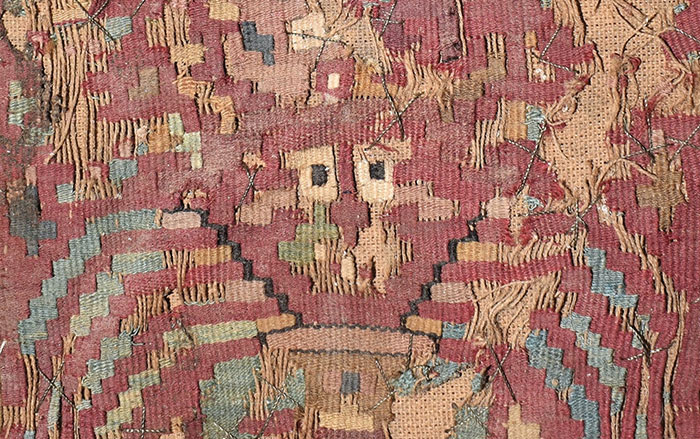NORWICH, ENGLAND—BBC News reports that a metal detectorist recently retrieved a rare and unique gold coin from a field in Norwich. The artifact was analyzed by numismatist Adrian Marsden of the Norfolk Historic Environment Service, who believes it dates to between a.d. 640 and 660 and may be the oldest Anglo-Saxon coin ever found in East Anglia. It was minted at a transitional time in English history when Christianity was beginning to eclipse pagan beliefs, which is reflected in the coin’s iconography. One side of the thrymsa, a type of early Anglo-Saxon shilling, features a dancing man who seems to be holding a Christian cross in his hand above a valknut, a triangular symbol associated with the Norse god Odin. “It's the first one of this type of coin that we've seen and new types of shillings just don't turn up," said Marsden. The reverse side depicts a cross or swastika-type symbol and Latin lettering, although the person who designed the coin was likely illiterate as the words amount to gibberish. To read about the Anglo-Saxon taxation system, go to "Ancient Tax Time: The Kings' Dues."
